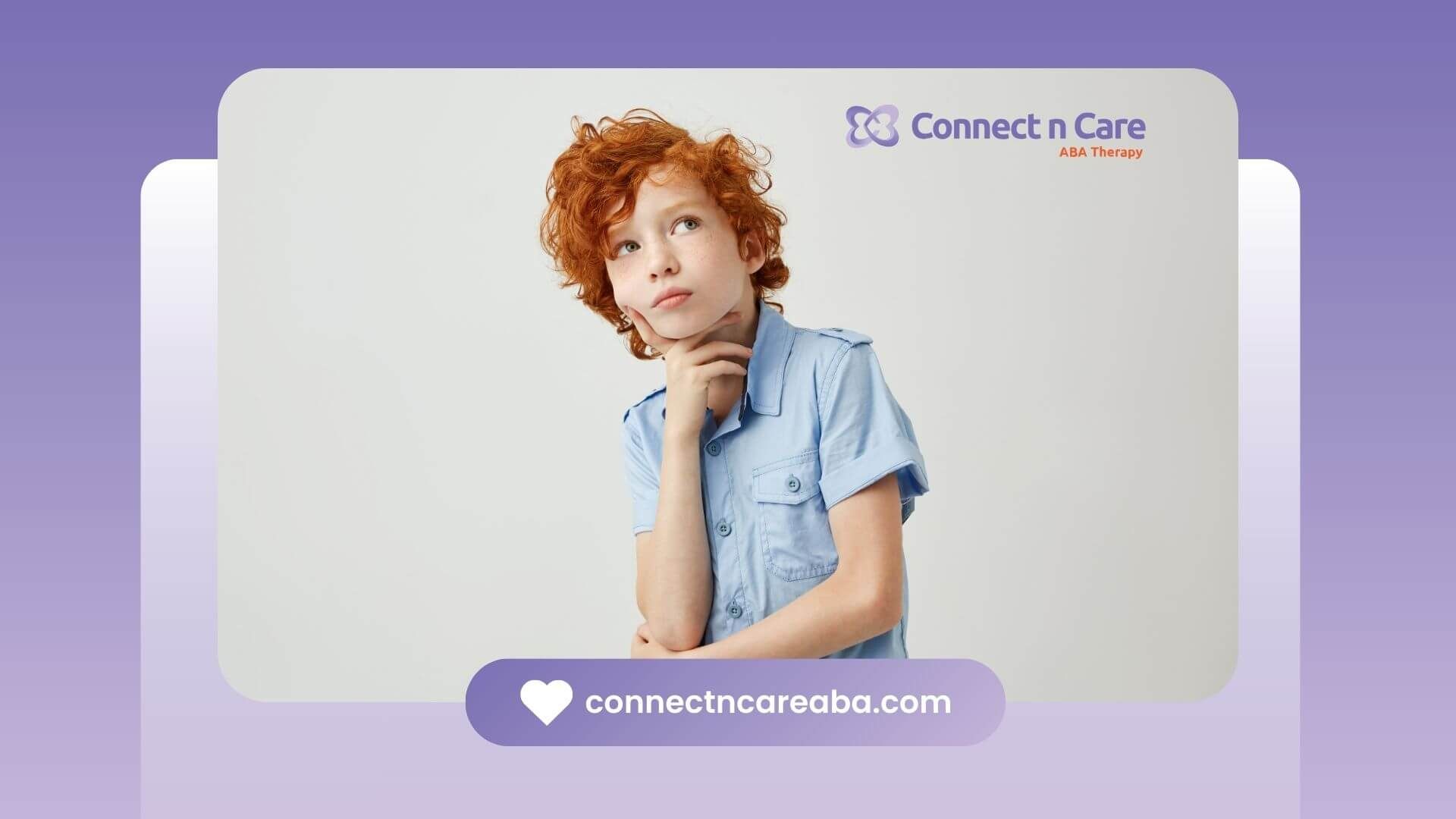Over 96 percent of children with Autism Spectrum Disorder (ASD) experience both hyper- and hypo-sensitivities across multiple sensory domains. Identifying autism hypersensitivity triggers in daily life can help parents, educators, and therapists design effective accommodations that reduce distress and support positive engagement.
This article outlines common sensory triggers, observation techniques, assessment tools, and practical strategies for creating more comfortable environments.
Understanding Sensory Hypersensitivity
Sensory hypersensitivity occurs when an individual’s neurological processing of external stimuli becomes exaggerated. In ASD, this may involve over-responsiveness (hyper-sensitivity) or under-responsiveness (hypo-sensitivity) to inputs such as sights, sounds, and touch.
Definition and Prevalence
Sensory processing differences are recognized in the DSM-5 as altered reactivity to sensory stimuli. About 90 percent of individuals with ASD show atypical responses to touch, sound, or light. These differences can range from mild discomfort to complete shutdowns of communication and motor function.
Neurological Basis
Several theories attempt to explain sensory abnormalities in autism:
- Temporal Binding Hypothesis: Delayed integration of multisensory inputs can impair perception of combined stimuli.
- Intense World Theory:
Heightened local neural connectivity causes overwhelming sensory experiences.
- Atypical Hierarchical Processing: Disrupted top-down regulation leads to difficulty filtering irrelevant sensations.
Neuroimaging studies indicate altered activation in primary sensory cortices and reduced habituation when faced with repeated stimuli. Such findings underscore why everyday environments may pose challenges.
Identifying Common Triggers
Sensory triggers vary widely among individuals, but certain patterns emerge across five domains. Ever wondered why a simple noise can provoke a meltdown? Recognizing domain-specific cues is the first step.
Sensory Triggers Table
| Sensory Domain | Typical Triggers | Common Reactions |
|---|---|---|
| Auditory | Sirens, vacuum cleaners, alarms | Covering ears, distress vocalizations |
| Visual | Fluorescent lights, busy patterns, clutter | Squinting, eye rubbing, gaze aversion |
| Tactile | Clothing tags, textured surfaces, unexpected touch | Withdrawing, flinching, skin covering |
| Olfactory | Perfumes, cleaning products, cooking odors | Sneezing, avoidance, headaches |
| Gustatory | Strong flavors, mixed textures, temperature extremes | Gagging, refusal to eat, lip smacking |
Auditory Sensitivities
- Loud conversations or background noise may overload processing capacity.
- Sudden alarms or sirens can trigger stress responses that include flight or freeze behaviors.
Visual Sensitivities
- Harsh lighting (especially fluorescent) often leads to aversion or headaches.
- Rapidly moving objects or high-contrast patterns may cause visual discomfort.
Tactile Sensitivities
- Certain fabrics or seam placements on clothing can irritate skin unexpectedly.
- Light touch on the head or body may feel painful or intrusive.
Olfactory and Gustatory Sensitivities
- Strong odors from cleaning agents or perfumes can lead to nausea or shutdown.
- Complex food textures or mixed flavors might prompt refusal during meals.
Observing Daily Environments
Systematic observation helps pinpoint when and where triggers occur. Tracking patterns over time reveals correlations between settings and reactions.
Home Setting
- Note reactions to household appliances such as vacuum cleaners, blenders, or doorbells.
- Chart responses during routines like bathing or dressing, where tactile and thermal stimuli vary.
School and Community
- Record behavior in busy hallways, cafeterias, or multipurpose rooms with echoing sounds.
- Observe responses to classroom lighting and wall displays.
Transitions and Routines
- Transitions between activities often involve sensory changes (walking from bright hallways into quiet classrooms).
- Inconsistent routines can heighten anxiety around unpredictable sensory inputs.
Using Assessment Techniques
Formal and informal assessments provide objective insight into individual sensory profiles.
Behavioral Recording
Caregivers can keep a daily log noting:
- Triggering stimulus (what changed in sound, light, touch, etc)
- Observable reaction (covering ears, gaze aversion, trembling)
- Duration and intensity of response
Patterns in the log guide targeted interventions.
Sensory Profile Tools
Standardized questionnaires such as the Sensory Profile or Sensory Processing Measure help quantify sensitivities across domains. Responses highlight areas for occupational therapy focus and school accommodations.
Professional Evaluations
Occupational therapists and psychologists use clinical assessments, including psychophysical methods, to measure thresholds for tactile and auditory stimuli. These data inform customized intervention plans.
Implementing Support Strategies
Once triggers are identified, practical modifications and coping techniques can reduce overload and improve daily functioning.
Environmental Modifications
- Replace fluorescent bulbs with soft white LEDs to reduce glare.
- Install acoustic panels or provide noise-canceling headphones in high-traffic areas.
- Use clear floor plans and limit visual clutter in shared spaces.
Coping Strategies
- Create a “safe zone” equipped with weighted blankets, fidget tools, or dim lighting.
- Teach deep-breathing exercises or guided imagery for moments of rising stress.
- Introduce visual schedules that prepare for upcoming sensory changes.
Legal Rights and Advocacy
In the United States, the Rehabilitation Act of 1973 and the Americans with Disabilities Act of 1990 guarantee reasonable accommodations for sensory needs in schools and workplaces. Parents and professionals can collaborate on Individualized Education Programs (IEPs) or 504 plans to embed sensory support into formal settings.
Sensory accommodations not only minimize distress but also open pathways for learning, socialization, and daily participation.
Conclusion
Identifying autism hypersensitivity triggers demands careful observation, structured assessments, and a clear understanding of sensory domains. Once families and professionals recognize specific auditory, visual, tactile, olfactory, or gustatory triggers, they can implement environmental changes and coping strategies that foster comfort and engagement. By combining behavioral logs, sensory profiles, and professional evaluations, tailored support plans become both practical and effective. Ongoing advocacy and legal accommodations ensure that children and adults with ASD can navigate daily life with reduced stress and greater confidence.
At Connect n Care ABA, we help families in North Carolina identify and manage sensory sensitivities through personalized ABA therapy. Our team of BCBAs works closely with parents, educators, and healthcare professionals to create calming environments that support learning and growth.
Need help managing your child’s sensory challenges? Schedule a free consultation with us and discover how compassionate, evidence-based care can make daily life easier.
Frequently Asked Questions
What are common signs of sensory hypersensitivity in autism?
Children may cover their ears, avoid certain textures, gag at smells, squint in bright light, or refuse specific foods due to heightened sensory responses.
How is sensory hypersensitivity diagnosed in autistic children?
Occupational therapists and behavior analysts often use sensory profiles, parent interviews, and direct observation to assess sensitivities.
Can ABA therapy help with sensory hypersensitivity?
Yes. ABA therapy can teach coping strategies, desensitization techniques, and environmental modifications that improve comfort and reduce meltdowns.
SOURCES:
https://pmc.ncbi.nlm.nih.gov/articles/PMC3086654/
https://pmc.ncbi.nlm.nih.gov/articles/PMC8661075/
https://pmc.ncbi.nlm.nih.gov/articles/PMC6997554/
https://www.autismspeaks.org/sensory-issues
https://raisingchildren.net.au/autism/behaviour/understanding-behaviour/sensory-sensitivities-asd
https://exceptionalindividuals.com/about-us/blog/what-is-hypersensitivity-in-autism/









